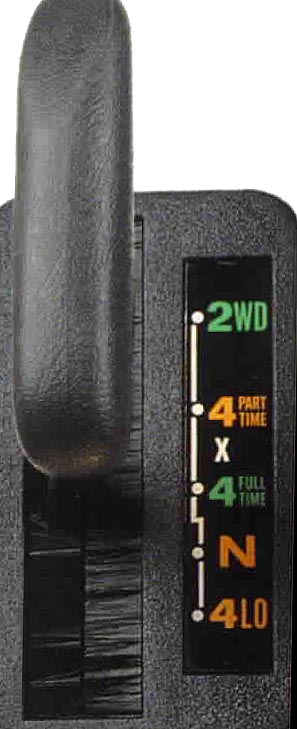I have a stock, i.e. no lift, 2014 Wrangler Unlimited and have been thinking about replacing the front axles with CV (constant velocity) axles.
If you have ever noticed that 'funny' steering when making turns in 4WD, that's coming from the U-joints in the front axles. U-joints certainly work, but when turning, the output shaft, i.e. the one driving the wheel, accelerates and decelerates even if the axle is rotating at a constant speed. That causes the wheel hopping we so often notice with 4WD in turns. That's why front wheel drive cars us constant velocity joints - the accel/decel is not present with a CV joint, hence the name - constant velocity.
Regardless of the surface, in a turn, because the U-joints accelerate and decelerate as they rotate, the wheels being driven are forced to break traction. This could become especially problematic on snow, mud, or ice. Soooo ...
I noticed some CV axles in the latest Quadratec catalog and kinda did a hmmm...wonder what my buddies on the Wrangler forum would have to say about these things?
So, anybody use CVs?
If you have ever noticed that 'funny' steering when making turns in 4WD, that's coming from the U-joints in the front axles. U-joints certainly work, but when turning, the output shaft, i.e. the one driving the wheel, accelerates and decelerates even if the axle is rotating at a constant speed. That causes the wheel hopping we so often notice with 4WD in turns. That's why front wheel drive cars us constant velocity joints - the accel/decel is not present with a CV joint, hence the name - constant velocity.
Regardless of the surface, in a turn, because the U-joints accelerate and decelerate as they rotate, the wheels being driven are forced to break traction. This could become especially problematic on snow, mud, or ice. Soooo ...
I noticed some CV axles in the latest Quadratec catalog and kinda did a hmmm...wonder what my buddies on the Wrangler forum would have to say about these things?
So, anybody use CVs?








